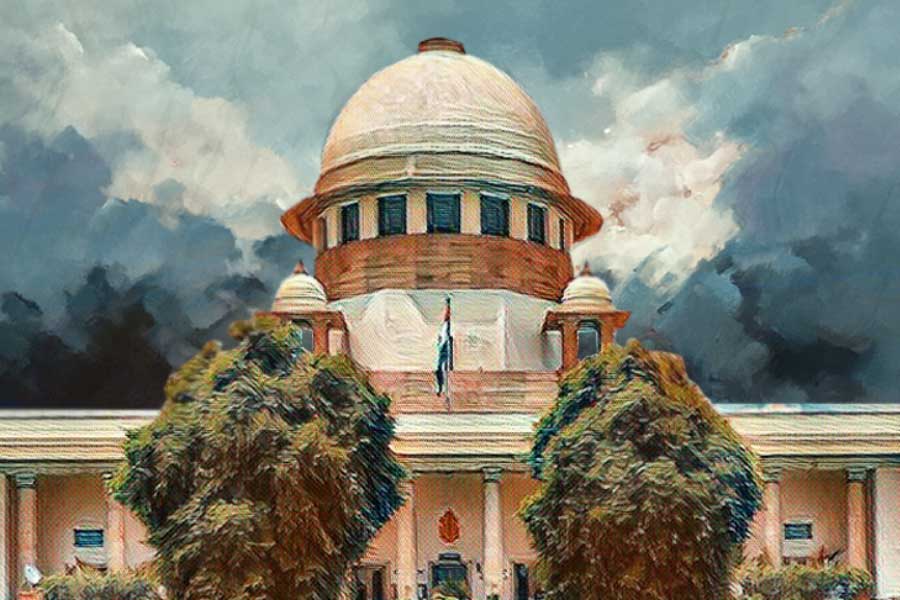
Image Source: telegraphindia
Amidst ongoing debates on the efficacy and adaptability of India's judicial system, the discussion surrounding a potential overhaul of the Supreme Court's structure has gained substantial momentum. The Union Public Service Commission (UPSC) has increasingly emphasized the need for a reimagined framework to address the modern challenges faced by the judiciary.
Historically, the Supreme Court's structure and functioning have been deeply entrenched in traditional norms. However, the landscape of legal dynamics has evolved significantly, necessitating a critical evaluation of the Court's structure to ensure it remains responsive, efficient, and equitable in dispensing justice.
Challenges Faced by the Current Structure
The present structure of the Supreme Court, with its hierarchical nature and concentration of power within a limited number of judges, often leads to significant backlogs and delays in the disposal of cases. The burgeoning caseload, coupled with the time-consuming process of adjudication, has resulted in an arduous journey for justice seekers, ultimately undermining the principle of swift justice.
Moreover, the centralized nature of the Court limits regional representation and diversity in perspectives, potentially impacting the Court's ability to grasp the nuanced complexities of various issues affecting diverse populations across the country.
Proposed Reforms and Overhaul
The reformative measures proposed for overhauling the Supreme Court's structure are multifaceted. One significant suggestion involves augmenting the number of judges to address the backlog of cases and expedite the judicial process. Additionally, the establishment of specialized benches or tribunals to handle specific categories of cases could alleviate the burden on the main Court and ensure a more focused approach to complex legal matters.
Furthermore, there have been discussions regarding decentralization, proposing the creation of regional benches to decentralize the adjudicatory process. This move aims to promote regional diversity, increase accessibility to justice, and enhance the Court's understanding of local issues, thus fostering a more inclusive and comprehensive approach to decision-making.
Challenges in Implementation
While the proposed reforms hold promise in reinvigorating the judicial system, their implementation poses several challenges. Constitutional amendments and legislative changes would be imperative to effectuate these reforms, necessitating consensus among various stakeholders, including the judiciary, executive, and legislative branches of the government.
Moreover, logistical challenges, such as infrastructure development and allocation of resources, require meticulous planning and allocation of funds to ensure the seamless functioning of an overhauled system.
Conclusion
The need for a reimagined framework for the Supreme Court is an urgent and pressing matter. The challenges posed by the existing structure demand a comprehensive overhaul to meet the evolving demands of justice administration in a diverse and dynamic society.
While the path towards restructuring the apex court may be strewn with obstacles, the pursuit of an efficient, accessible, and inclusive judicial system is a fundamental aspect of a vibrant democracy. The dialogue surrounding this critical issue is not only pertinent but also indicative of the nation's commitment to upholding the rule of law and ensuring justice for all.
"The reform of the Supreme Court's structure is not merely a necessity; it is a responsibility towards a more just and equitable society."